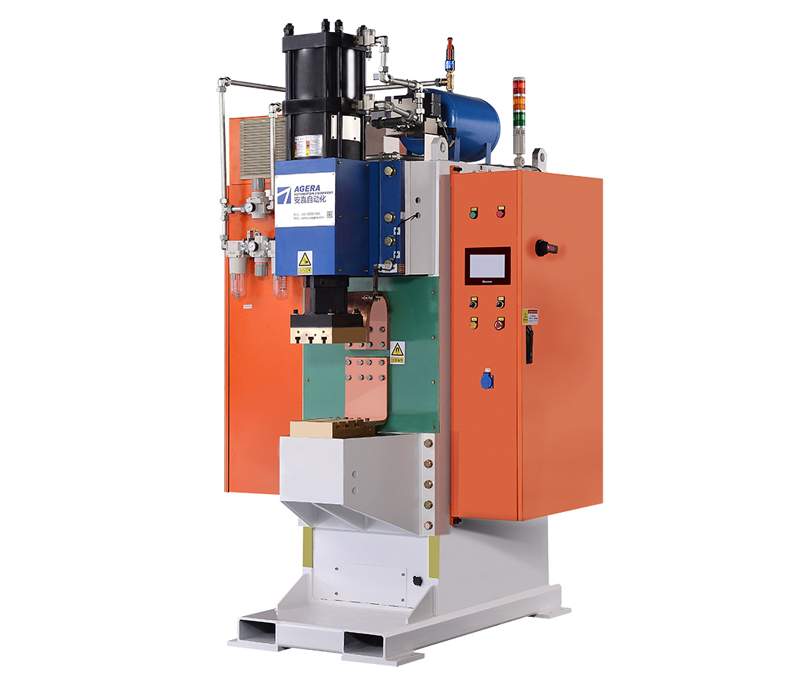The performance of a Capacitor Discharge (CD) spot welding machine is influenced by various factors that impact the quality, consistency, and efficiency of welds. Understanding and optimizing these factors are crucial for achieving desired welding outcomes. This article delves into the key factors that affect the performance of a CD spot welding machine and how they influence welding results.
- Material Properties: The type, thickness, and conductivity of the materials being welded play a significant role in welding performance. Materials with varying properties require adjustments to welding parameters to ensure proper energy delivery and consistent welds.
- Electrode Selection and Geometry: The choice of electrodes and their geometry affects the distribution of welding energy and the quality of the weld. Proper electrode material selection, shape, and size ensure optimal contact and energy transfer during the welding process.
- Welding Parameters: Parameters such as current, voltage, welding time, and electrode force directly influence the heat generated during welding. Optimizing these parameters based on material characteristics and joint requirements is essential for achieving strong and reliable welds.
- Electrode Maintenance: Regular maintenance of electrodes ensures consistent performance. Clean, well-maintained electrodes provide better contact with the workpiece, leading to improved energy transfer and more consistent welds.
- Workpiece Preparation: Clean and properly prepared workpiece surfaces are crucial for achieving reliable welds. Removing contaminants, coatings, and oxides from the surfaces ensures good electrical conductivity and helps prevent defects.
- Fixture and Clamping: Effective fixture design and proper clamping prevent movement during welding. Accurate alignment and stable clamping ensure consistent electrode contact and alignment, resulting in uniform welds.
- Cooling System: Controlling the cooling system is essential to prevent overheating and material damage. Adjusting cooling time and method based on material thickness and conductivity helps maintain welding quality and minimizes distortion.
- Operator Skill and Training: Skilled operators who understand the machine’s capabilities, welding parameters, and troubleshooting techniques contribute to consistent welding quality. Adequate training ensures operators can adjust parameters and address issues promptly.
- Production Environment: Factors such as ambient temperature, humidity, and cleanliness of the welding environment can impact the welding process. Maintaining a controlled and clean environment helps ensure consistent welding results.
- Welding Sequence and Schedule: Optimizing the sequence and schedule of welds can prevent overheating and distortion. Proper planning reduces the chances of material fatigue and improves overall weld quality.
The performance of a Capacitor Discharge spot welding machine is influenced by a combination of factors, including material properties, electrode selection, welding parameters, and operator skill. By carefully considering and optimizing these factors, manufacturers can achieve consistent, high-quality welds. Proper attention to every stage of the welding process, from material preparation to operator training, contributes to the successful operation of the CD spot welding machine and the production of reliable welded joints.
Post time: Aug-08-2023



